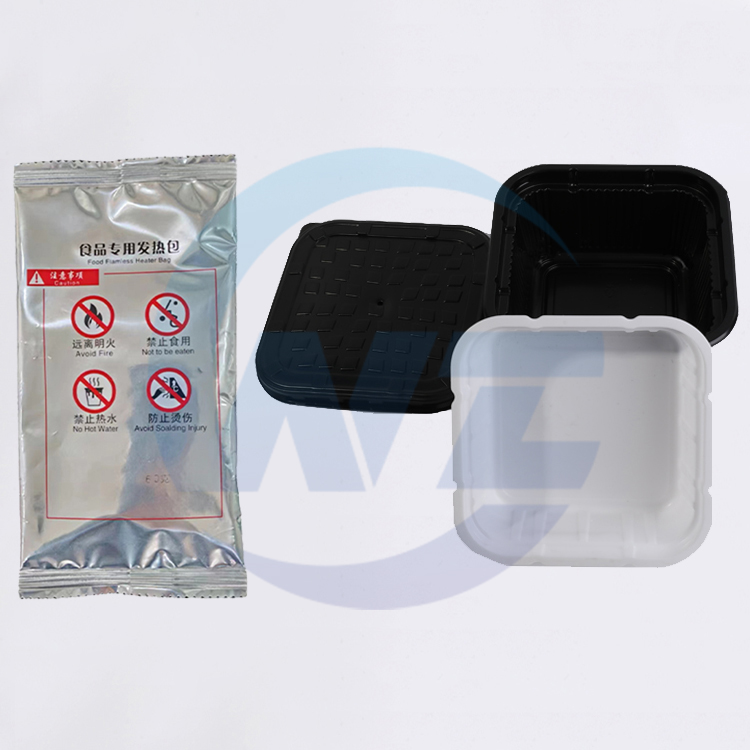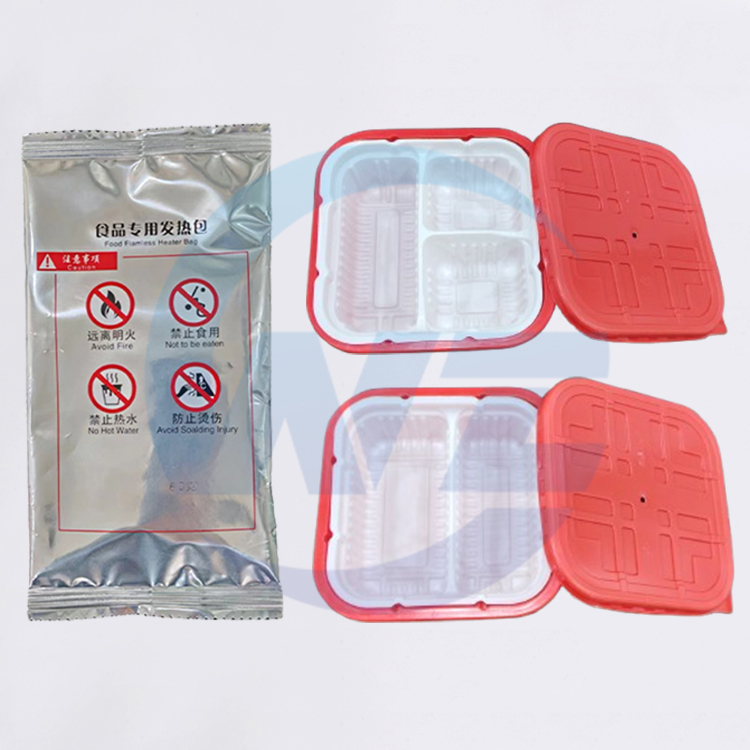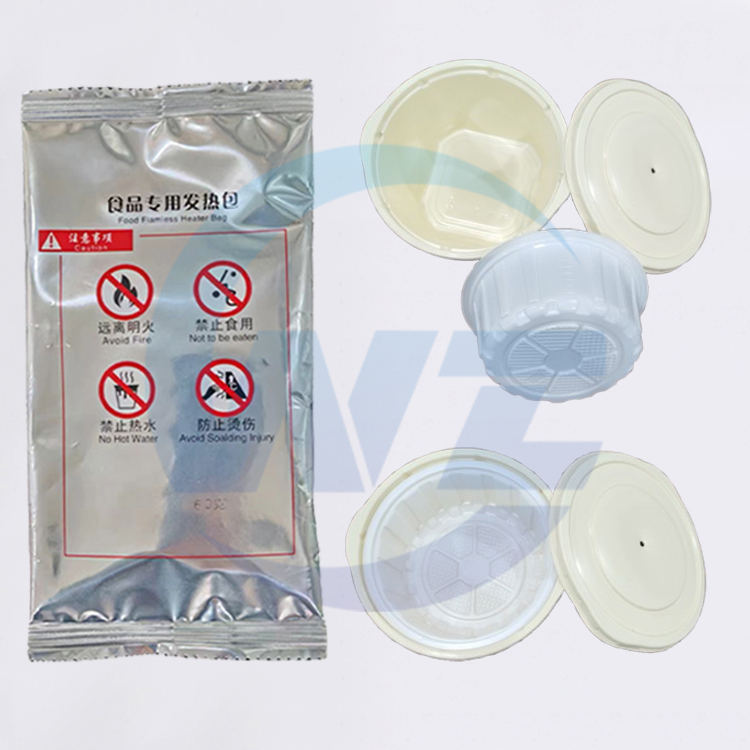by Kevin
Share
by Kevin
Share
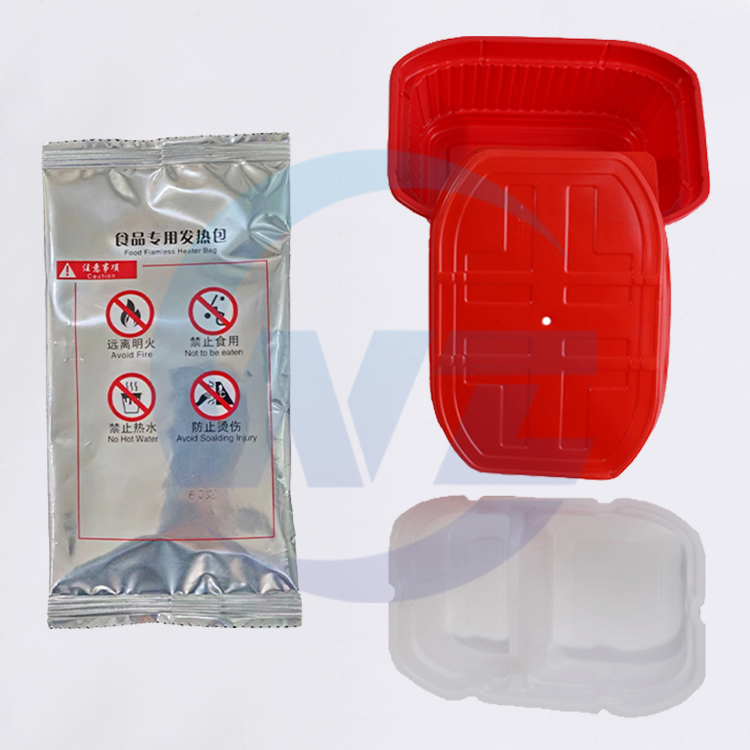
Self-heating hotpot and meal packs have become a popular novelty, offering the promise of a steaming, hot meal without any kitchen equipment. While incredibly convenient, it is crucial to understand the science behind their operation, particularly the potential release of carbon monoxide (CO). This invisible, odorless gas can be dangerous in enclosed spaces. This article explains why CO is produced, how much is released, and the essential safety precautions you must take to enjoy these products safely.
Features of the Self-Heating Reaction and Byproducts
Exothermic Chemical Reaction
The core of a self-heating pack is an exothermic (heat-releasing) chemical reaction. The most common formula involves food-grade magnesium powder and water. When water is added, the magnesium reacts vigorously, producing magnesium hydroxide and a large amount of heat.
Release of Hydrogen Gas
The primary byproduct of the magnesium-water reaction is hydrogen gas (H₂). This is a flammable gas, which is why these products carry warnings and should never be used near an open flame or incinerated.
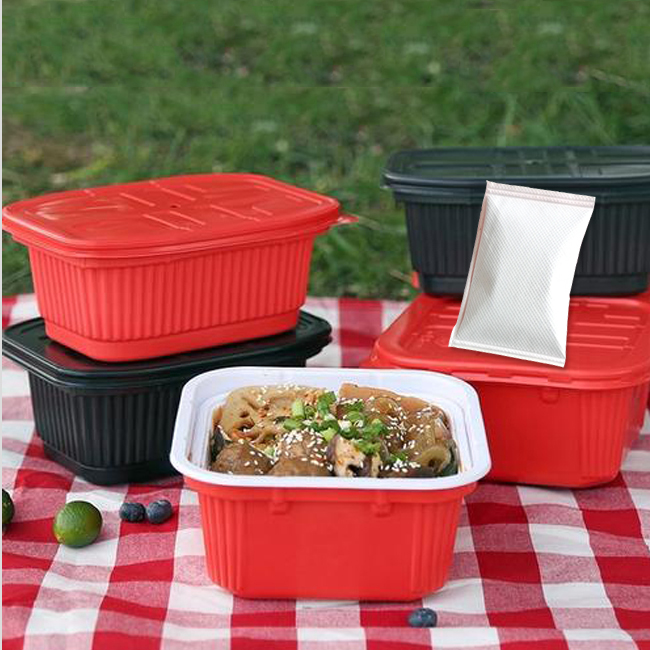
Secondary Reaction Producing Carbon Monoxide
The question of carbon monoxide arises from a secondary, less obvious reaction. The heating element often contains other components, including carbon (in the form of activated charcoal or powder) and an oxidizing agent. At the high temperatures generated by the primary reaction, the carbon can react with any available oxygen in an incomplete combustion process. This incomplete combustion is what produces carbon monoxide (CO) as a secondary byproduct.
Controlled but Not Eliminated
While manufacturers engineer the reaction to be as efficient as possible, the formation of a small amount of CO is a chemical reality of this process. The quantity is generally small, but it is not zero, which is why ventilation is non-negotiable.
How Are Self-Heating Packs Made?
The manufacturing process is designed for efficiency and safety, but the chemical principles remain.
Material Preparation
The key ingredients are precisely measured. This includes a large quantity of magnesium powder (the fuel), a smaller amount of iron powder (to help regulate the reaction), salt (as a catalyst to speed it up), and often a carbon-based material.
Mixing and Packaging
These dry ingredients are mixed and sealed in a robust, porous pouch. This pouch is designed to allow water to penetrate and steam to escape, while containing the solid reactants. This pouch is then placed in the main meal kit, separate from the food.
Integration and Safety Labeling
The heater is placed in an outer cardboard sleeve or box with the food container. Crucially, the packaging must include clear and prominent warnings about the potential release of hydrogen and carbon monoxide and the need for ventilation.
Popular Uses and Associated Risks
Outdoor Dining
These packs are popular for picnics, beach trips, and camping. In these open-air environments, the small amount of CO released dissipates harmlessly into the atmosphere, posing virtually no risk.
Indoor Use (High Risk)
The greatest danger occurs when these products are used in poorly ventilated areas, such as a small room, a tent with the flaps closed, or inside a car. In these enclosed spaces, CO can accumulate to dangerous levels, leading to carbon monoxide poisoning.

Emergency Situations
While they can provide a hot meal in an emergency, users must be extremely cautious. If used in a shelter or vehicle, it is critical to crack a window or door to ensure a constant flow of fresh air.
How to Choose and Use Self-Heating Packs Safely?
Prioritize Safety Over Convenience
When choosing a product, look for clear safety warnings and instructions from a reputable manufacturer. A company that downplays the risks is a major red flag.
Never Use in an Enclosed Space
This is the most important rule. Always use self-heating packs outdoors or in a very well-ventilated area. If you can feel a breeze, you are likely in a safe spot.
Follow Instructions Precisely
Use only the amount of water specified. Do not place the heater on a flammable surface. After activation, do not place the activated kit inside a sealed bag or container.
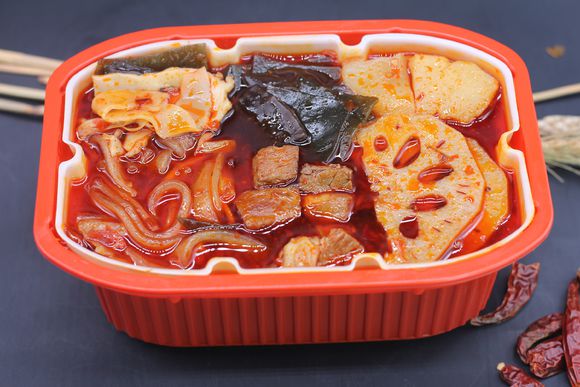
Educate Everyone in Your Group
Ensure that anyone using the product, especially children, understands the risks and the absolute necessity of ventilation.
How to Care for and Handle Self-Heating Packs?
Proper Storage
Store unused packs in a cool, dry place away from moisture. An accidental activation can not only ruin the product but also create a hazard.
Safe Disposal
After the reaction is complete and the pack has fully cooled, it can be disposed of in the regular trash. The chemicals are inert after use, but it’s good practice to let it cool completely to prevent any residual heat from causing a fire in a wastebasket.
Recognize the Symptoms of CO Poisoning
Know the signs: headache, dizziness, nausea, confusion, and shortness of breath. If anyone experiences these symptoms after using a self-heating pack, immediately move to fresh air and seek medical attention.
Conclusion
So, why do self-heating hotpot packs release carbon monoxide? It is an unavoidable byproduct of the high-temperature chemical reaction used to generate heat. While the amount is small, the risk of accumulation in enclosed spaces is real and potentially life-threatening. The convenience of a hot meal on demand is significant, but it should never come at the expense of safety. By understanding the science and rigorously adhering to ventilation guidelines, you can mitigate the risks and enjoy these products responsibly. Always prioritize fresh air over a sealed, cozy environment when activating one of these packs.
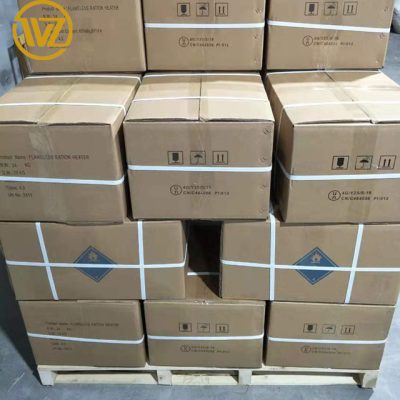
Your safety is our top priority. If you have any questions about the safe use of self-heating products or need guidance on selecting the right equipment for your outdoor adventures, please contact us. We are committed to providing expert, professional advice to ensure you are well-informed. If you are ever unsure about a safety procedure, consult us immediately. We welcome all inquiries and are here to help you enjoy your adventures safely.
FAQ’s
Is it safe to use a self-heating meal in my car?
No, it is not safe. A car is an enclosed space. Using a self-heating pack inside a car, even with a window slightly open, can lead to a dangerous buildup of carbon monoxide. Always step outside the vehicle to activate and use it.
How much carbon monoxide does a self-heating pack actually produce?
The amount varies by brand and size, but it is generally a small quantity. However, there is no “safe” level of CO to breathe in an enclosed space. The risk comes from accumulation over time.
What is the difference between the carbon monoxide and hydrogen gas released?
Hydrogen (H₂) is flammable and poses a fire risk if exposed to a spark or flame. Carbon Monoxide (CO) is toxic and poses a poisoning risk if inhaled. Both are reasons to use these products in a well-ventilated area, away from any ignition sources.
Can I “test” if a self-heating pack is producing CO?
No, you cannot see or smell carbon monoxide. The only way to detect it is with a calibrated CO detector. Never assume a product is safe because you don’t notice anything.
Are there self-heating products that do not produce carbon monoxide?
The technology that relies on magnesium and water will always have the potential to produce CO as a secondary byproduct. Other heating technologies, like electric or calcium oxide-based heaters, have different byproduct profiles, but all require careful use and ventilation.
What should I do if I feel dizzy after using a self-heating pack indoors?
Immediately stop using the product, go outside into fresh air, and seek medical attention. Inform the medical staff that you may have been exposed to carbon monoxide from a chemical heater.
STAY IN THE LOOP

